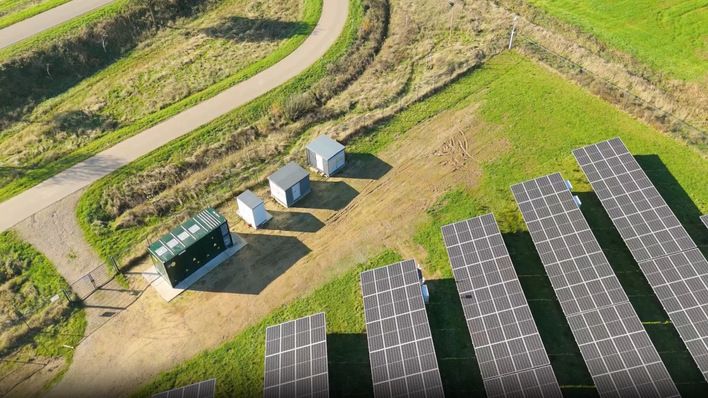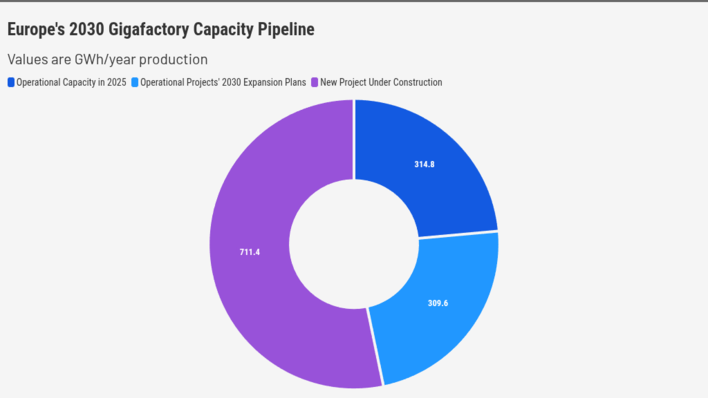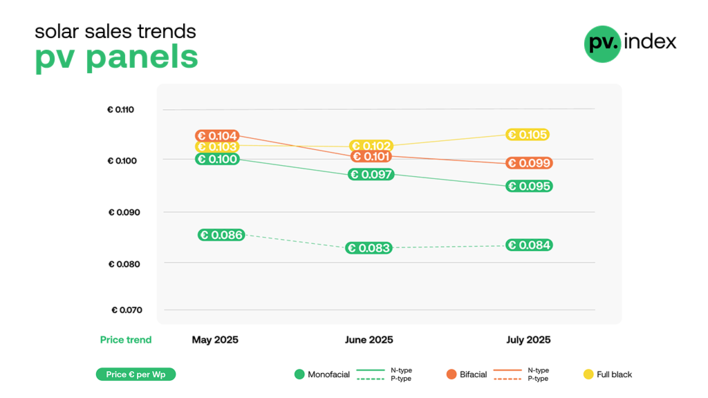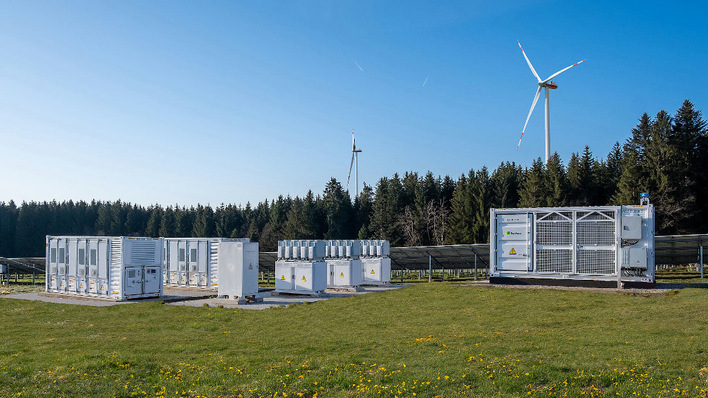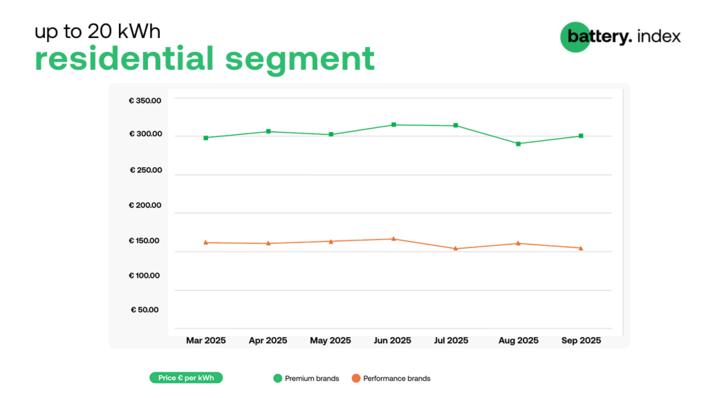Once the old batteries have been collected, the actual recycling happens in secondary smelters. There, the batteries are crushed and, in several stages, separated into their components such as the lead for the mesh, lead paste, sulphuric acid, polypropylene (PP) residual plastics fractions. The separated materials are further processed separately.
Gaining the metal
The proportion lead in the battery – the mesh metal and the lead paste – is around 60 percent. The mesh metal and the paste are separated in the processing plant.
The paste can, on the one hand, be desulphurised and, on the other hand, processed into lead and sulphuric acid in a primary lead smelter. The mesh metal and the desulphurised paste are smelted in the short rotary furnaces of the secondary smelters and reduced to bullion.
Approximately 70 to 80 percent of the lead is used for automotive and industrial batteries. 20 to 30 percent goes to other uses, for example into radiation protection, as roofing material, optical glass, lead crystal or cable sheathing. (HS)
Look at this, too:
Storage advice: How to return old batteries
Stay informed, get our newsletter twice a week: Register here.



